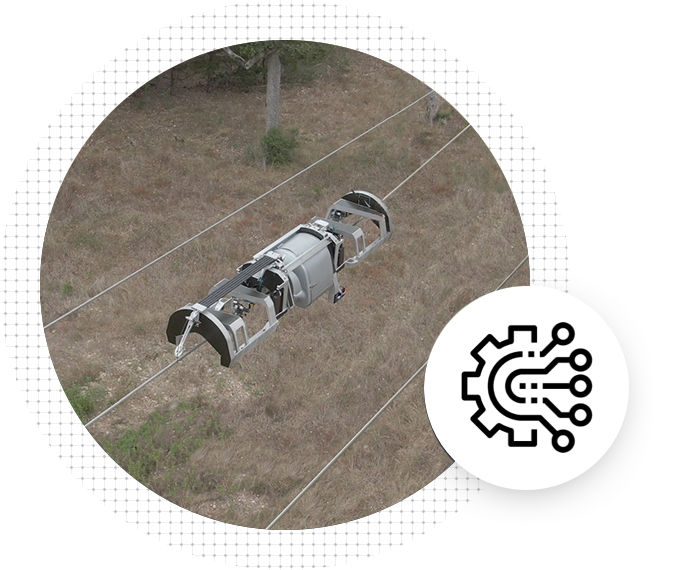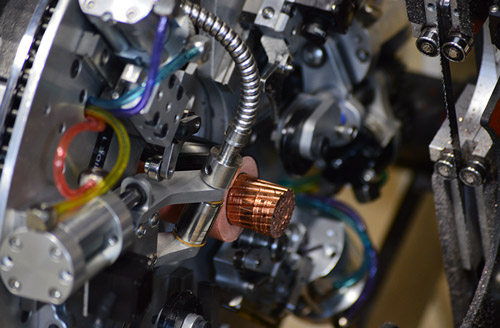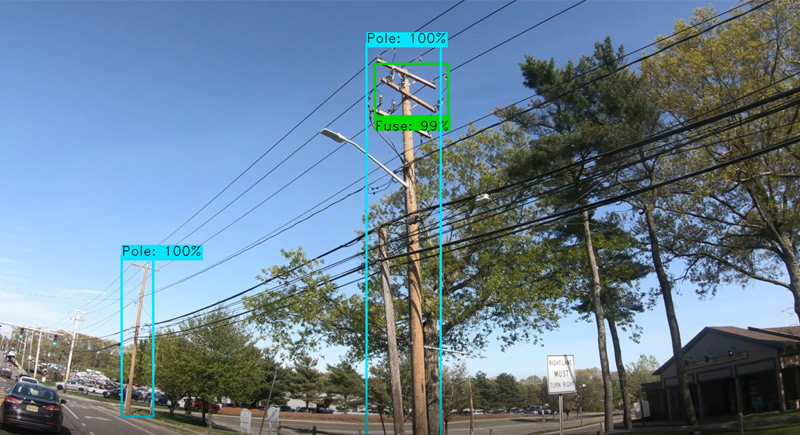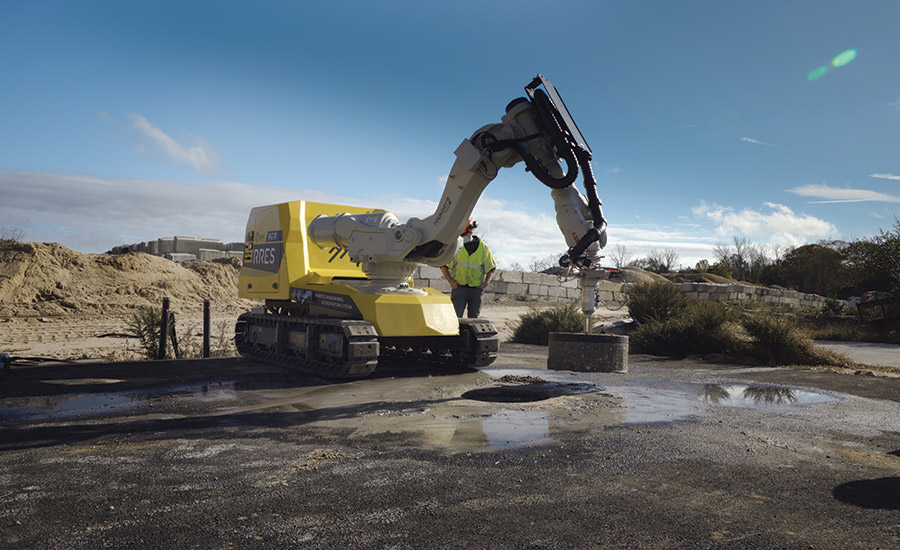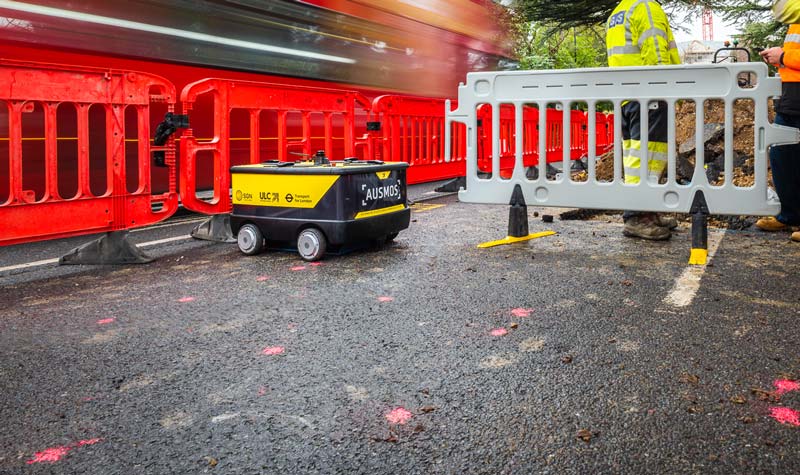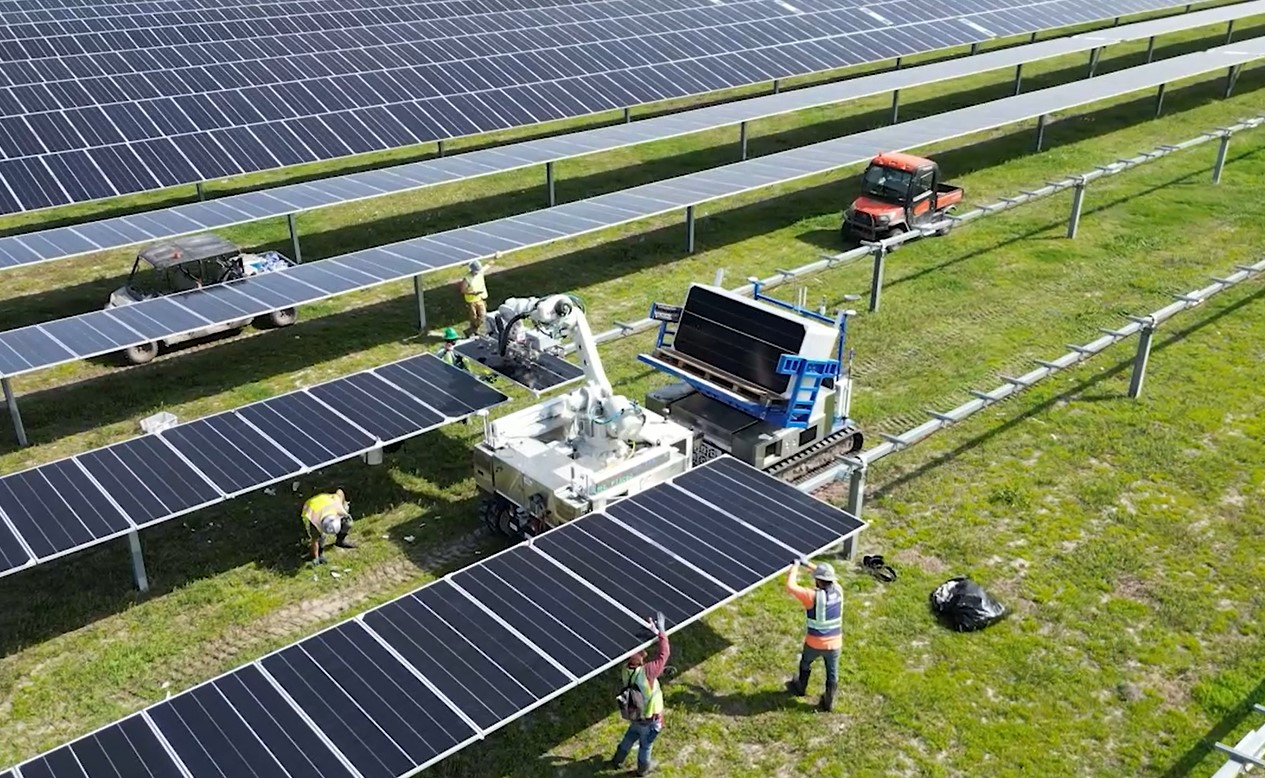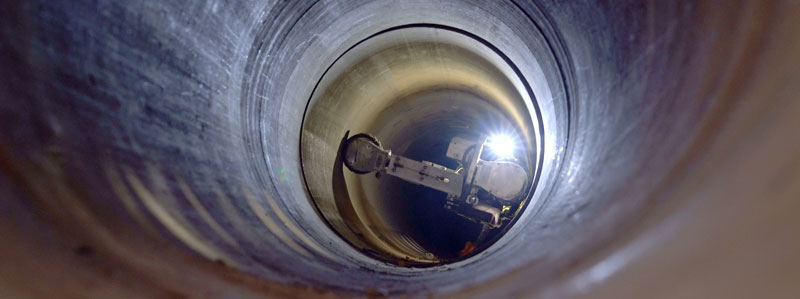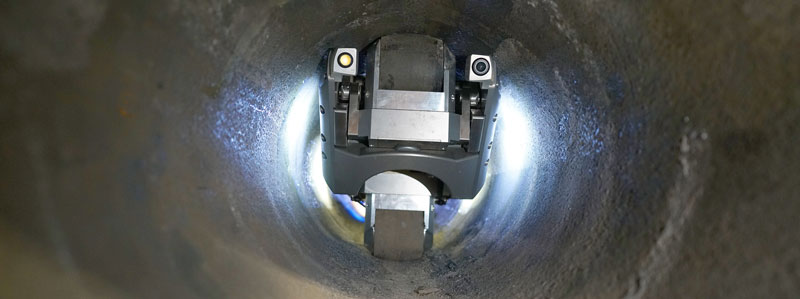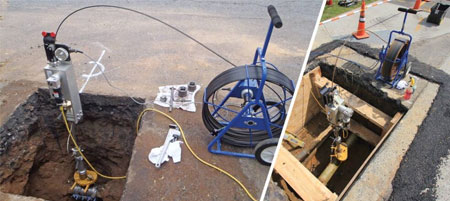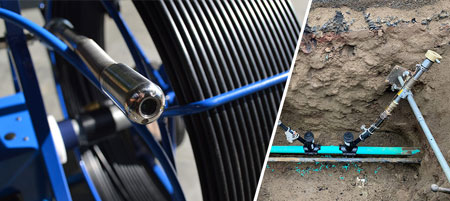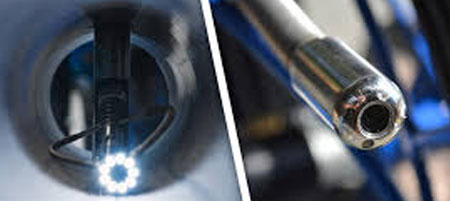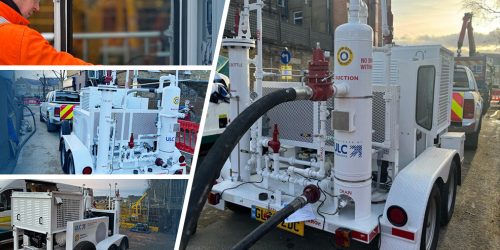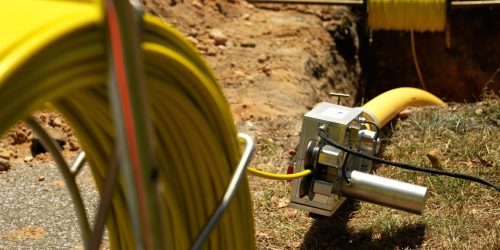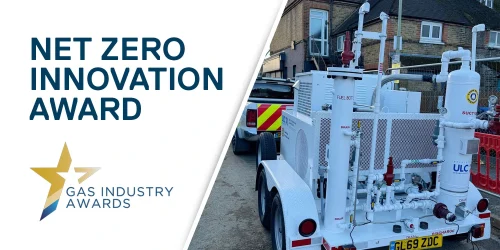New federal pipeline integrity rules require utility companies to evaluate thousands of gas mains buried beneath highways, railroad tracks and airport runways – each and every one cased inside a larger pipe. The research and development team at ULC Robotics in New York has developed a robotic inspection tool that is capable of inspecting and gathering critical data about the integrity of cased pipe.
The Micro Magnetic Crawler (MMC) is a remotely controlled robotic device developed to directly assess cased gas mains. The robot magnetically attaches to the interior wall of the casing and travels in the annular space between the gas main and the casing; a space as small as 1.25” high by hundreds of feet long. The ultra-compact MMC is capable of gathering data by utilizing an array of advanced sensors and can obtain high resolution video viewable in real-time, allowing potential defects and features to be instantly analyzed. Using the MMC, gas companies can gather data from within the annular space in order to assess and locate damaged spacers, shorts, pipeline coating defects, water infiltration and pipe wall thickness.
Real-Time Visual Assessment
Front and rear mounted cameras provide real-time, full motion video of the outer surface of the cased gas main. The video feed is viewable and recorded remotely for onsite and post inspection review.
The control system incorporates integrated video measurement software that enables the operator to acquire dimensions of features found during the inspection; such as the size and location of delaminated coating.
Integrated Sensor Package
The Micro Magnetic Crawler’s pitch and roll sensors allow for remote navigation and provide the precise circumferential and linear location of defects and anomalies while integrated temperature and humidity sensors capable of remotely determining environmental conditions within the casing.
Using a double echo, ultra-sonic thickness gauge, the MMC is also capable of taking spot wall thickness measurements. The UT sensor can measure the pipe wall thickness through a variety of coatings including coal tar TGF-3, enamels and epoxies and PE two-layer coatings such as PRITEC.
The Importance of Research and Development for Gas Utilities
The Micro Magnetic Crawler is a trenchless technology that began as a research and development project funded by NYSEARCH member companies and serves as a prime example of how the development of new technology can make the gathering of difficult-to-acquire data more efficient and cost effective for gas utilities.
The research and development team at ULC Robotics specializes in developing a wide range of tools, including advanced robotic devices, which allow utility companies to reduce excavation, save money and better utilize scarce resources in order to safely maintain their critical pipeline infrastructure.
To see other R&D projects, cameras and crawlers developed by ULC or to learn about pipeline inspection and other technical services for gas utilities, please visit www.ulctechnologies.com or call 631-667-9200.


